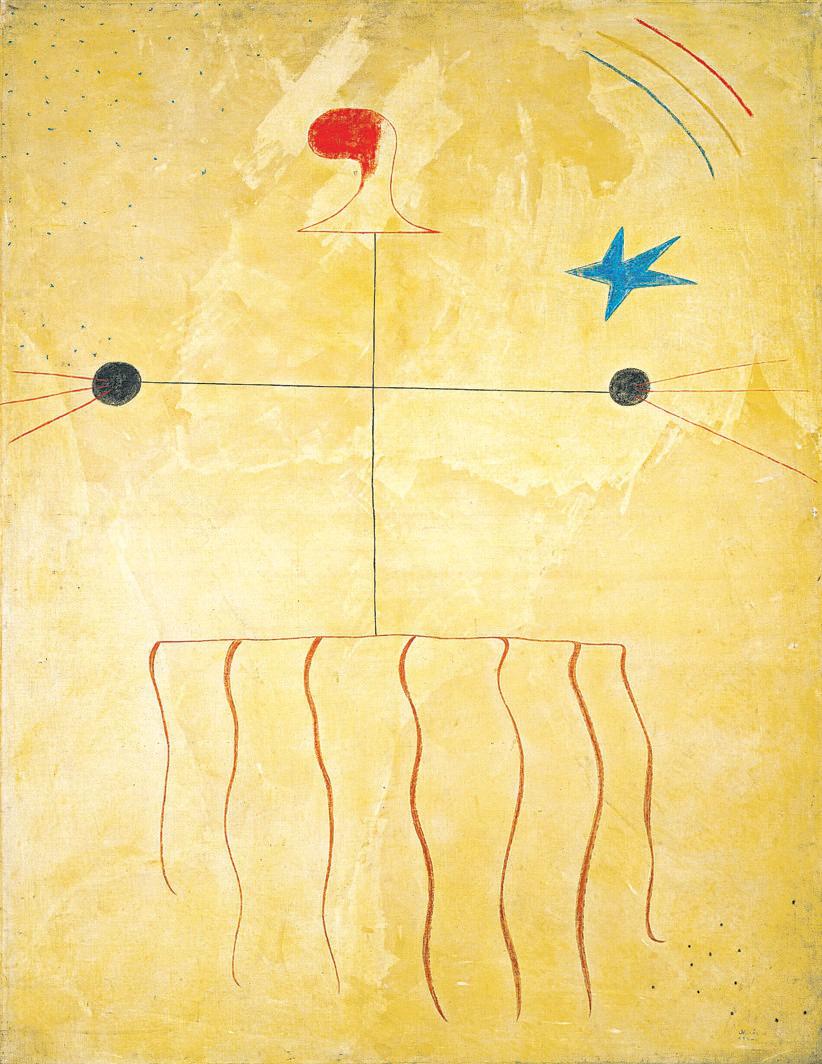A Playful Portrait’s Regional Spirit

On a straw-yellow background, scattered with a few gray freckles in the top left and bottom right corners, two lines form a pencil-thin cross; on each end of the horizontal
Denne historien er fra December 28, 2024-utgaven av The Wall Street Journal.
Start din 7-dagers gratis prøveperiode på Magzter GOLD for å få tilgang til tusenvis av utvalgte premiumhistorier og 9500+ magasiner og aviser.
Allerede abonnent ? Logg på

Denne historien er fra December 28, 2024-utgaven av The Wall Street Journal.
Start din 7-dagers gratis prøveperiode på Magzter GOLD for å få tilgang til tusenvis av utvalgte premiumhistorier og 9500+ magasiner og aviser.
Allerede abonnent? Logg på
